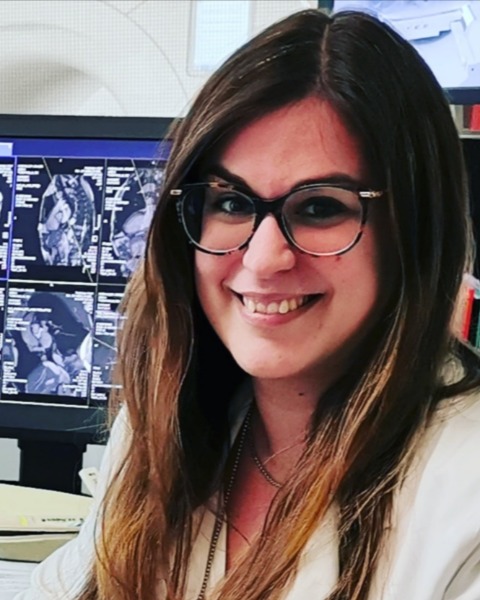Oral Case
A Bubblegum in the heart: Multimodality Imaging Assessment of an Unexpected Cardiac Mass

Anna Giulia Pavon
Cardiologist
Istituto Cardiocentro Ticino, Switzerland
Anna Giulia Pavon
Cardiologist
Istituto Cardiocentro Ticino, Switzerland- GM
Giorgio Moschovitis, MD
Cardiologist
Istituto Cardiocentro Ticino, Switzerland
Presenting Author(s)
Primary Author(s)
Co-Author(s)
An 81 year-old male patient, known for a previous inferior myocardial infarction (1990) underwent regular outpatient cardiac follow-up visit. His past medical history was remarkable for a mixoid liposarcoma on the quadriceps of the left leg treated by surgical excision and radiation therapy in 2008. The patient was in good clinical condition, he did not report any specific cardiac symptoms, in particular no dyspnea, no palpitation or relapse of chest pain. Transthoracic echocardiography showed a akinesia of the inferior left ventricular wall and novel oval mass of 30x28 mm in the left ventricle (LV) adhese to the papillary muscle (Panel A, yellow star). That was not present in all the previous images so that to complete the diagnostic work-up a cardiovascular magnetic resonance (CMR).
Diagnostic Techniques and Their Most Important Findings: The presence of the LV mass was confirmed by Cardiovascular Magnetic Resonance (CMR) (Panel B,yellow star) in cine images (steady-state balance free precession imaging).
Multiparametric mapping included T2 dark blood and T2-short-tau-inversion recovery images (Panel C) which excluded the diagnosis of a lipoma. First pass perfusion imaging was negative excluding also high grade malignancy and angioma (Panel D). No uptake of gadolinium contrast media was also noted (Panel E) in Phase-sensitive inversion recovery sequences.
Learning Points from this Case: Taken all together,multimodality imaging arised the suspicion of benign neoplasia. The mass was surgically removed due to its dimension and high mobility (Panel F). Histological specimen showed a spindle cell proliferation of uniform, small, ovoid cells, surrounded by a myxoid stroma containing a delicately arborizing capillary network (“chicken wire pattern”). The molecular pathology analysis highlighted the presence of the fusion gene FUS::DDIT3 consistent with the diagnosis of a cardiac metastasis of the myxoid liposarcoma treated 16 years before (Panel G). Myxoid liposarcoma tends to metastatize to serosal membranes. Isolated intramyocardial metastasis are extremely rare and have been reported as intracardiac and with an important delayed after primary neoplasia. Multimodality imaging represent the key to better identify patient’s diagnosis and possible treatment options.
Figure1: multimodality imaging assessment of a cardiac mass firslty discoverey in trasthoracic echocardiography (Panel A) e thereafter confirmed in Cardiovascular Magnetic Resonance (Panel B). T2 STIR excluded fat content (Panel C) , first pass perfusion was negative (Panel D) and no contrast uptake was noticed in LGE images (Panel E). The mass was surgically removed (Panel F) and hystology was consistent with metastasis from a liposarcoid mixoma (Panel G).

